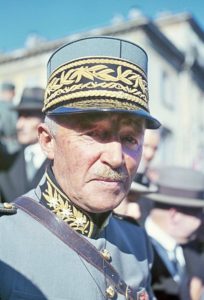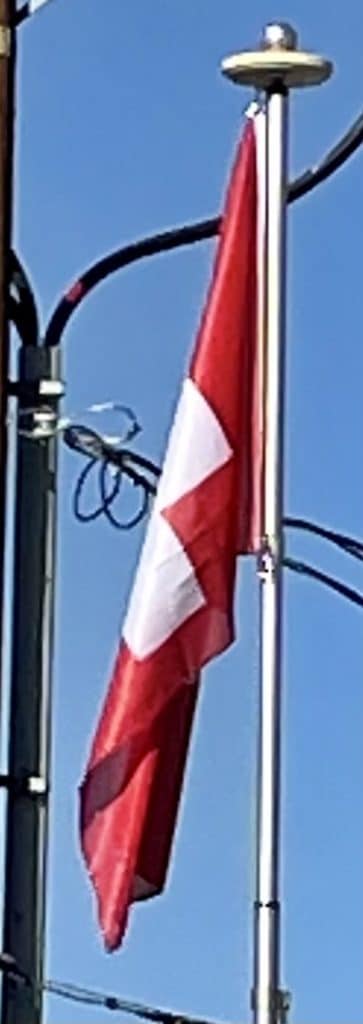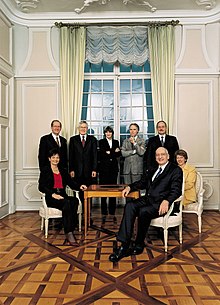Switzerland’s trade was blockaded by both the Allies and by the Axis. Economic cooperation and extension of credit to the Third Reich varied according to the perceived likelihood of invasion and the availability of other trading partners. Concessions reached a peak after a crucial rail link through Vichy France was severed in 1942, leaving Switzerland (together with Liechtenstein) entirely isolated from the wider world by Axis controlled territory. Over the course of the war, Switzerland interned over 300,000 refugees and the International Red Cross, based in Geneva, played an important part during the conflict. Strict immigration and asylum policies as well as the financial relationships with Nazi Germany raised controversy, but not until the end of the 20th century.

During the war, the Swiss Air Force engaged aircraft of both sides, shooting down 11 intruding Luftwaffe planes in May and June 1940, then forcing down other intruders after a change of policy following threats from Germany. Over 100 Allied bombers and their crews were interned during the war. Between 1940 and 1945, Switzerland was bombed by the Allies causing fatalities and property damage.[47] Among the cities and towns bombed were Basel, Brusio, Chiasso, Cornol, Geneva, Koblenz, Niederweningen, Rafz, Renens, Samedan, Schaffhausen, Stein am Rhein, Tägerwilen, Thayngen, Vals, and Zürich. Allied forces explained the bombings, which violated the 96th Article of War, resulted from navigation errors, equipment failure, weather conditions, and errors made by bomber pilots. The Swiss expressed fear and concern that the bombings were intended to put pressure on Switzerland to end economic cooperation and neutrality with Nazi Germany. Court-martial proceedings took place in England and the U.S. Government paid 62,176,433.06 in Swiss francs for reparations of the bombings.
Switzerland’s attitude towards refugees was complicated and controversial; over the course of the war it admitted as many as 300,000 refugees while refusing tens of thousands more, including Jews who were severely persecuted by the Nazis.
After the war, the Swiss government exported credits through the charitable fund known as the Schweizerspende and also donated to the Marshall Plan to help Europe’s recovery, efforts that ultimately benefited the Swiss economy.
During the Cold War, Swiss authorities considered the construction of a Swiss nuclear bomb. Leading nuclear physicists at the Federal Institute of Technology Zürich such as Paul Scherrer made this a realistic possibility. In 1988, the Paul Scherrer Institute was founded in his name to explore the therapeutic uses of neutron scattering technologies. Financial problems with the defense budget and ethical considerations prevented the substantial funds from being allocated, and the Nuclear Non-Proliferation Treaty of 1968 was seen as a valid alternative. All remaining plans for building nuclear weapons were dropped by 1988.
Switzerland was the last Western republic to grant women the right to vote. Some Swiss cantons approved this in 1959, while at the federal level it was achieved in 1971 and, after resistance, in the last canton Appenzell Innerrhoden (one of only two remaining Landsgemeinde, along with Glarus) in 1990. After obtaining suffrage at the federal level, women quickly rose in political significance, with the first woman on the seven-member Federal Council executive being Elisabeth Kopp, who served from 1984 to 1989,[40] and the first female president being Ruth Dreifuss in 1999.
Switzerland joined the Council of Europe in 1963. In 1979 areas from the canton of Bern attained independence from the Bernese, forming the new canton of Jura. On 18 April 1999 the Swiss population and the cantons voted in favor of a completely revised federal constitution.

